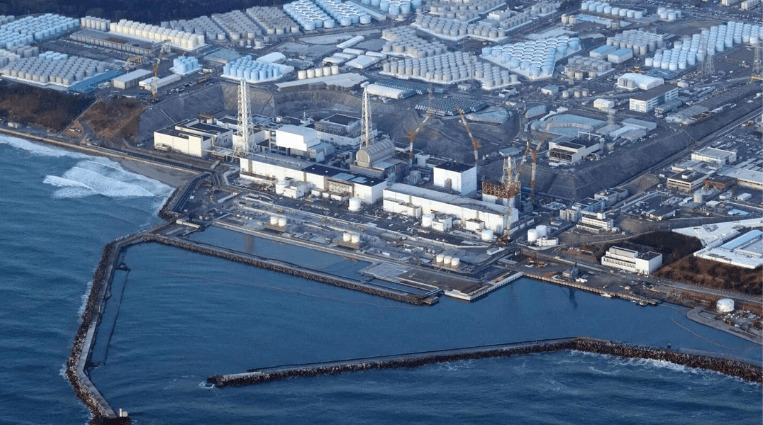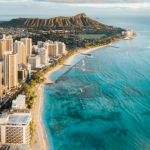Fukushima workers were swiftly evacuated on Wednesday after a powerful 8.8-magnitude earthquake struck Russia’s far east, prompting Japan to issue a tsunami warning predicting waves as high as three metres.
The tremor, which originated near the Kamchatka Peninsula, triggered widespread tsunami alerts across the Pacific region, including coastal areas of Japan, Canada, and the United States. Authorities in Japan responded rapidly, urging residents to flee coastal zones and prepare for possible secondary waves.
“We have evacuated all workers and employees,” a spokesperson from Fukushima Daiichi’s operator, Tepco, confirmed to AFP. They added that there was “no abnormality” observed at the nuclear facility.
The move sparked fresh memories of the 2011 disaster, when the same plant suffered catastrophic meltdowns after being overwhelmed by a tsunami. However, this time, government officials were quick to reassure the public.
Chief Cabinet Secretary Hayashi Yoshimasa stated that there had been no reported injuries, damage, or irregularities at the nuclear facility following the latest quake.
Japan’s Meteorological Agency escalated its initial tsunami warning, projecting waves as high as three metres to reach regions stretching from the northernmost tip of Hokkaido to Wakayama, south of Osaka. The waves were expected to arrive between 10am and 11.30am local time.
“Tsunamis can strike repeatedly over a long period of time. The waves that come after the first one may be larger, so it is important to continue evacuating until the tsunami warning or advisory is lifted,” read the agency’s advisory.
According to the Japan Times, waves of up to 50cm were recorded at Ishinomaki in Miyagi prefecture at 11.28am, while 40cm waves were spotted across the Pacific coastline from Hokkaido to Ibaraki.
Emergency Measures Across Japan
With echoes of the 2011 devastation still vivid, evacuation orders were issued along much of Japan’s eastern coastline. Prime Minister Shigeru Ishiba urged communities in the affected zones to seek safety.
He called for immediate evacuations, advising residents to head for higher ground or secure shelters. A national task force was established at the Prime Minister’s office by 9.40am to coordinate emergency responses and ensure the public received accurate, up-to-date information.
Tsunami Alerts Beyond Japan
International warnings soon followed. The US Tsunami Warning System flagged “hazardous tsunami waves” for several countries, forecasting:
- Waves exceeding 3 metres along parts of Russia and Ecuador
- 1 to 3 metre waves are possible in Japan, Hawaii, Chile, and the Solomon Islands
- Smaller swells potentially reaching the US West Coast
US President Donald Trump also issued a public alert on social media: “A Tsunami Watch is in effect for Alaska and the Pacific Coast of the United States. Japan is also in the way. Please visit tsunami.gov for the latest information. STAY STRONG AND STAY SAFE!”
While the immediate danger at Fukushima has been averted, the broader risk of further seismic activity and tsunamis remains.
The Japan Meteorological Agency warned the country to stay on alert for at least another day. With tsunami waves capable of striking repeatedly—and often unpredictably—authorities are urging continued caution until all advisories are officially lifted. For now, Japan remains on high alert, bracing for nature’s next move.
Hawaii is also on high alert as tsunami fears spread following the massive quake in Russia. Stay tuned to UK News Blog for verified updates on this developing story.






